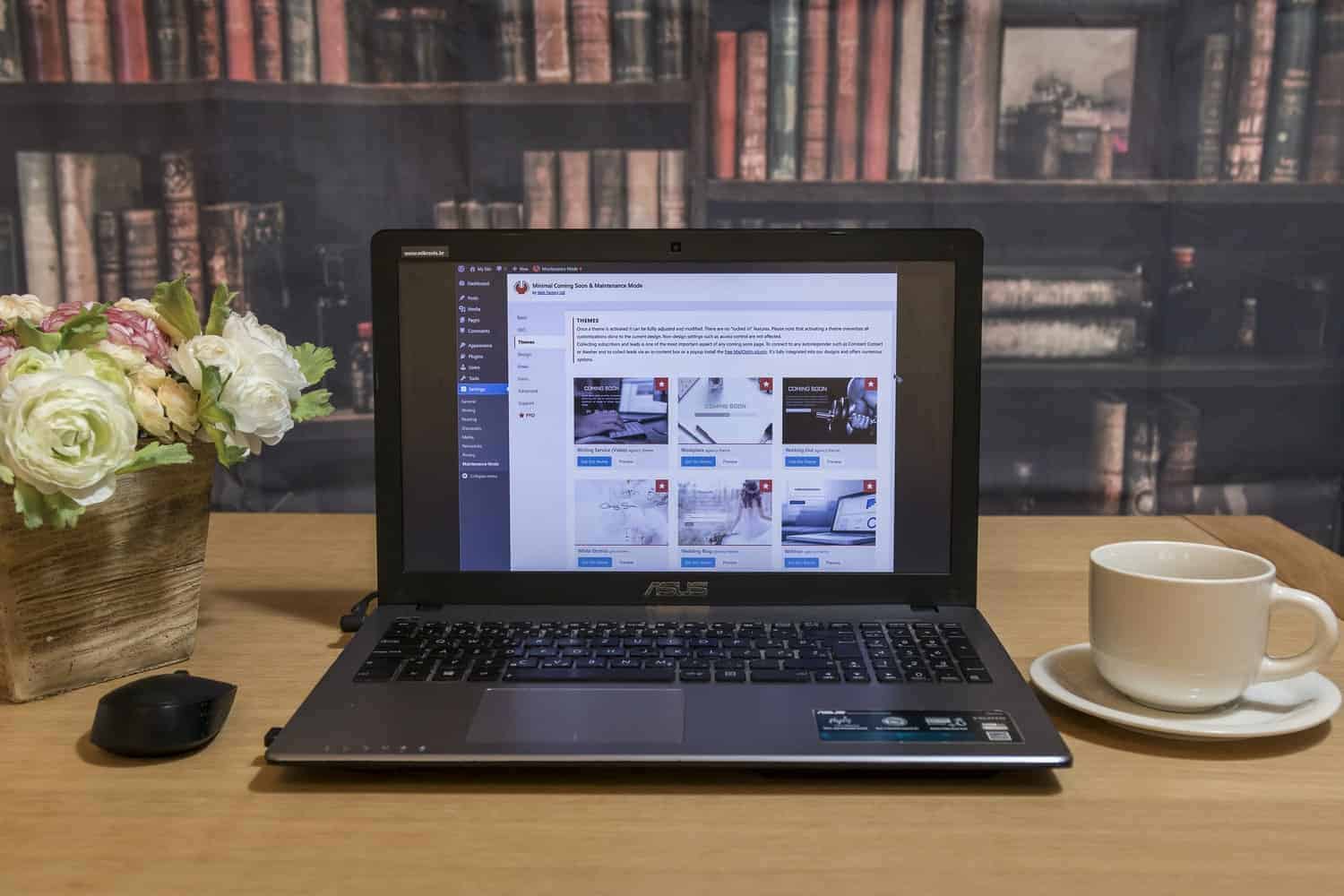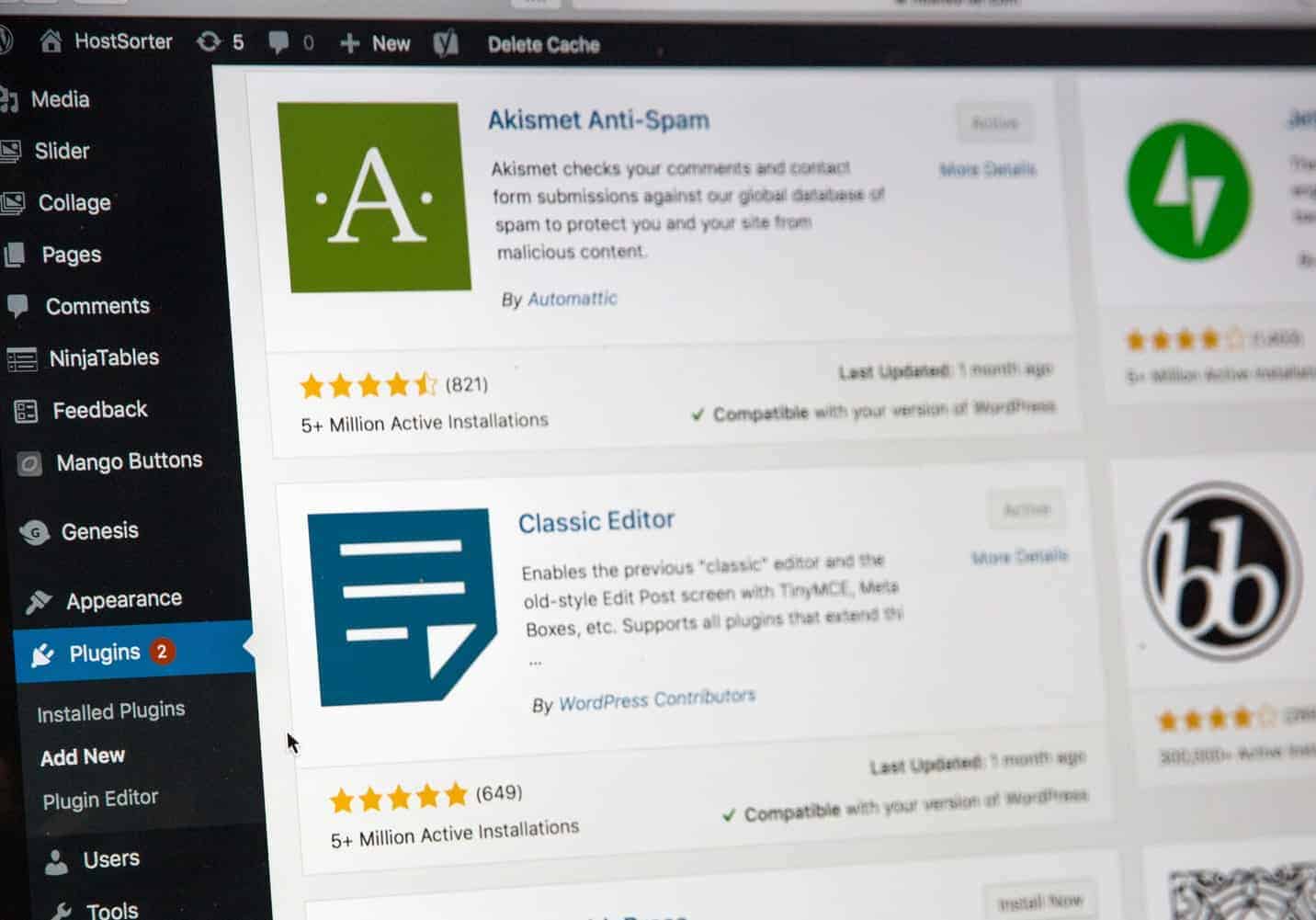Let’s admit it – we are living in a content-driven world.
That’s why your small business needs the best content management system (CMS).
It is essential for you to control your site’s content, functionality and design and build a unique website and brand (because creating a “set and forget” website is bad for your reputation and sales performance – your website needs to grow with your business).
Today’s most content management systems are designed to be relatively painless to integrate, so you don’t have to be a genius programmer to organise and manage content on your website, blog, or online store.
You may need various content management system features depending on your goals and industry. Nevertheless, there are some essential features you should consider when choosing a content management system for your website (and this is exactly what this post is covering).
Table of contents:
- What is a content management system (CMS) and how it works
- Top 10 features to look for in a content management system (CMS)
1. What Is A Content Management System (CMS) And How It Works

In the digital age, content has become one of the main ways businesses interact with prospects and customers.
Valuable content that attracts and converts is your business’s superpower – especially if you’re running a business remotely and looking for ways to engage consumers online. That’s why the way you organise and manage content on your website is heavily tied to your business growth.
For this reason, you need the right tools to ensure your website is well crafted with the information your audience is looking for. This is where content management systems (CMS) come into play.
A content management system (CMS) is a tool specifically designed to help you manage your website content even if you do not know any code, so you don’t need to involve your developers in the process of managing content.
Depending on your needs, you can use a content management system (CMS) alone or integrate it with other business applications.

Here are two key factors to consider before choosing the right system to manage content:
- Your priorities: Are you more focused on e-commerce capabilities (e.g., quick order and reorder, invoice reporting, future stock availability, etc.) or engaging content (e.g., industry news, blog posts, product descriptions, etc.)?
- Your programming experience: Do you have basic programming skills, or do you have zero experience with programming?
Typically, a content management system (CMS) consists of two parts:
- A content management application (CMA) providing an easy-to-use interface for non-technical users that enables them to manage content
- A content delivery application (CDA) providing back-end functionality so that the content can be delivered to the website
While some content management systems are available as “ready-made” packages, others can be customised with a wide array of add-ons, plugins and various features in order to meet specific needs.
Whatever content management system (CMS) you choose, make sure you get an SEO-friendly tool to help you strengthen your website’s SEO and get more opportunities to set up a lead generation funnel that converts.
WordPress is the most well-known and talked-about content management system, but hundreds of different programs are currently available on the market (e.g., Joomla!, Drupal, SilverStripe, etc.).
2. Top 10 Features To Look For In A Content Management System (CMS)

Below we will take a closer look at 10 features to look for in a content management system (CMS) to control your site’s content:
- User-friendly dashboard: The admin dashboard is at the core of every content management system. For this reason, your content management system dashboard should have a user-friendly interface and be easy to manage.
- Content editor: An easy-to-use content editor is one of the most important features to look for in a content management system. WYSIWYG editor, or “what you see is what you get” text-editing tool works like Microsoft Word and helps you create content without the need for coding skills.
- Design flexibility: If you want to use your own branding design to improve your content (which is extremely important for brand identity), then you want a flexible tool that allows you to edit templates and manage content architecture.
- Mobile support: It is essential that your content management system provides a great experience across multiple devices and channels as mobile-responsive content is highly important in today’s digital world. However, make sure not to choose a content management system developed with solely mobile apps in mind.
- SEO tools: As I previously mentioned, it is critical that your content management system is SEO-friendly and helps you improve your chances of ranking and drive organic traffic through search engines.
- User management: As your business grows, chances are that multiple people will be using your content management system. Make sure the platform you choose allows you to create roles and assign permissions.
- Responsive themes: Your content management system should offer you a selection of themes to choose from so you can establish a consistent look across your website. It is also important that the themes are built using responsive design that makes web pages render well on a variety of devices.
- Plugins: A plugin is a small add-on program that adds one or more features to your website. There are thousands of plugins out there, so you don’t necessarily need to try them all. According to your needs, you can use plugins to increase your organic traffic, create automatic or manual backups of your site, share your posts on social media, track 4xx error pages, and much more.
- Detailed analytics: Effective content management systems allow you to measure various performance indicators, such as where your target persona is located and the type of device they are using. Alternatively, the platform should allow you to install a Google Analytics plugin.
- Security: Your content management system needs to come with a set of security features, such as firewall, protection against malware attacks, advanced authentications, and more. Maximising security on your website will protect not only your data but also your online reputation.

Conclusion: The content management system (CMS) you choose should fit your budget and comfort level and become part of your regular business operations.
Compared to static HTML websites, content management systems are more user-friendly and cost-efficient. Even if you do not have programming skills, they allow you to create functional pages and upload and edit content yourself without relying on a web developer to do the work.
One caveat, though: If you’re running a remote home-based business, not even the most beautifully designed award-winning website could help you build a reliable image if you do not provide your customers with professional contact information.
Yes, we are living in a digital world where working from home is becoming increasingly popular.
Nevertheless, you need to add multiple points of contact to your contact page (e.g. phone number, physical business address, etc.) so that customers and prospects can reach out through their preferred form of communication.
Without professional contact information, you may use your personal contact information (which is bad for security reasons) or simply use a form for prospects and customers to fill out (but not everyone likes to contact a business using a form). However, in doing so, you won’t be able to gain consumer trust – not even if you use a cutting-edge content management system to manage your website.
If you want to give your business a professional appearance and convert more website visitors into customers, do not hesitate to contact B2B HQ. We can provide your remote business with a first-class virtual office that includes a business landline number and a physical address in one of the most affluent areas of Melbourne (among many other amazing features). We would be more than glad to hear from you!
